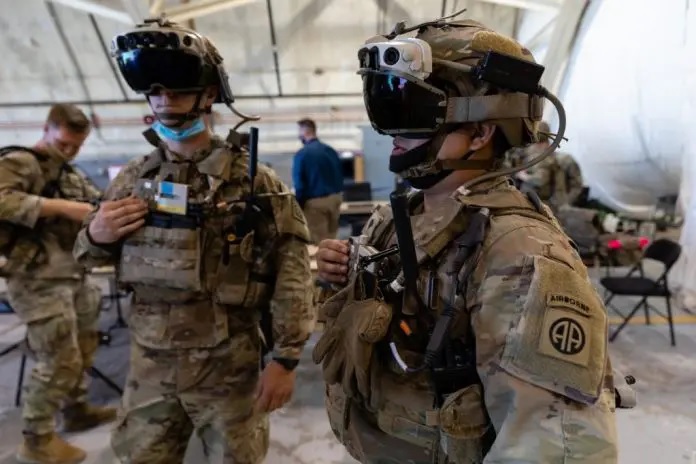Anduril Replaces Microsoft in US Army’s $22B IVAS Program

In a significant shift within military technology development, Anduril Industries has assumed control of the U.S. Army's Integrated Visual Augmentation System (IVAS) program, taking over from Microsoft. This transition comes after the IVAS program faced several challenges, including delays and technical issues.
Background of the IVAS Program
Initiated to revolutionize soldiers' combat and training experiences, the IVAS program aims to integrate advanced augmented reality (AR) and virtual reality (VR) technologies into a single platform. The system is designed to enhance battlefield awareness, allowing soldiers to rapidly identify threats and make informed decisions. Key features of IVAS include:
- Mixed Reality Capabilities: Combining AR and VR to overlay critical information onto the soldier's field of view.
- Enhanced Situational Awareness: Providing real-time data to improve decision-making processes.
- Synthetic Training Environment (STE): Enabling soldiers to engage in realistic training scenarios without physical risks.
Challenges and Setbacks
Despite its ambitious goals, the IVAS program encountered several hurdles:
- User Discomfort: Early versions of the headset led to complaints from soldiers about headaches, nausea, and eyestrain.
- Technical Deficiencies: Issues such as limited peripheral vision and the bulkiness of the equipment hindered performance.
- Operational Delays: The program experienced multiple postponements to address these challenges, delaying its deployment.
Anduril's Involvement and Innovations
To address these challenges, Anduril Industries, founded by Palmer Luckey, has taken over the development and production of the IVAS system. Anduril plans to integrate its Lattice software platform into IVAS, aiming to enhance threat detection and situational awareness. The Lattice platform is known for its advanced artificial intelligence and machine learning capabilities, which can process data from various sensors to provide a comprehensive view of the battlefield.
Microsoft's Continued Role
While Anduril leads the hardware and software development, Microsoft will continue to support the program by providing its advanced cloud infrastructure and AI technologies. This collaboration ensures a robust backbone for seamless data integration, leveraging Microsoft's expertise in cloud computing to handle the vast amounts of data processed by the IVAS system.
Future Prospects
The partnership between Anduril and Microsoft aims to overcome previous obstacles and deliver a more effective IVAS solution. By combining Anduril's innovative approach to defense technology with Microsoft's cloud and AI capabilities, the program seeks to provide soldiers with a tool that enhances their effectiveness and safety on the battlefield.
This development reflects a broader trend of integrating cutting-edge technology into military applications, highlighting the importance of collaboration between defense and technology companies to meet evolving military needs.



